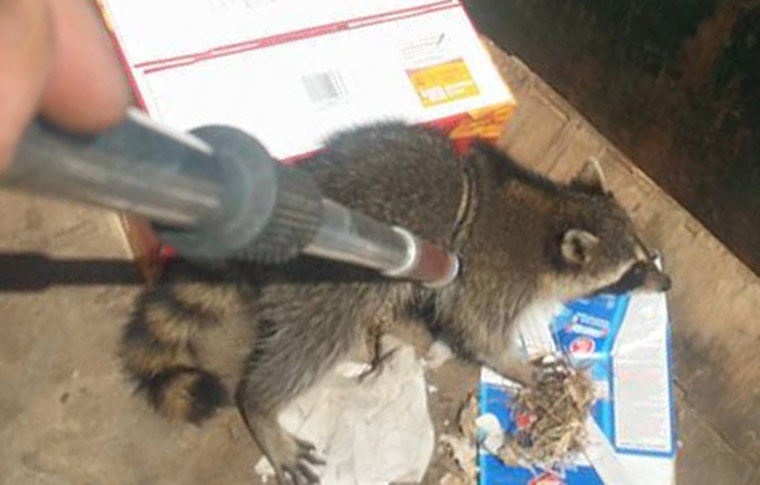-
info@aaanimalcontrol.com
Call us for help in your town
Humane Wildlife Education
Things about snare poles and how to use them
Need wildlife removal in your hometown? We service over 500 USA locations! Click here to hire us in your town and check prices - updated for year 2020.
A snare pole is one of the tools often used by wild animal removal experts, and it is designed to be used in situations where other options have failed, or when other methods just would not work. If a squirrel were to have fallen down into a chimney and become stuck, for example, other conventional traps probably wouldn’t be your best option. You would be unable to get to the bottom of the chimney to place the trap, and then you would be unable to get to the bottom of the chimney to grab the trap again, once the animal has been successfully captured. In cases such as these, where the flu can’t be opened and the animal released again, a snare pole would be the best tool for the job.

The snare pole is just as the name would suggest — it is a pole with a snare trap attached to one end of it. It comes in handy in situations like we have just mentioned, when longer, thinner tools are necessary to get the job done. If an animal were to have become caught down the bottom of a chimney, a snare pole could be lowered down to grab the animal, pulled back up again, and then the animal could be given the once-over, before being released back into the wild, if it safe and legal to do so.
You should only use a snare pole if you have been given the correct training to do so. If you have not, please do not attempt to make your own DIY snare pole in a bid to save a few dollars and get the job done yourself. By doing this you could seriously injure the animal. If the snare were to be pulled too tightly, the wire that is used as the main bulk of the snare trap will tear right into the skin and fur, causing bad injuries. These injuries will hinder the animal when it goes back into the wild, putting it in the direct line of fire against other, bigger predators. It won’t stand a chance, so by getting the snare trap itself wrong, you will have essentially signed the poor animal’s death warrant. These snare trap poles should be used as a last resort — when no other methods will work. Even the professionals would much rather try other ways before pulling out the snare.
Also known as snare catch-and-release traps, they are designed to be lightweight, so they obviously won’t stand much of a chance against some of the larger wild animals you may encounter. Against smaller critters, such as a squirrel and her babies, for example, they certainly do come in handy!
The Art of Catching a Squirrel With a Snare Pole


















